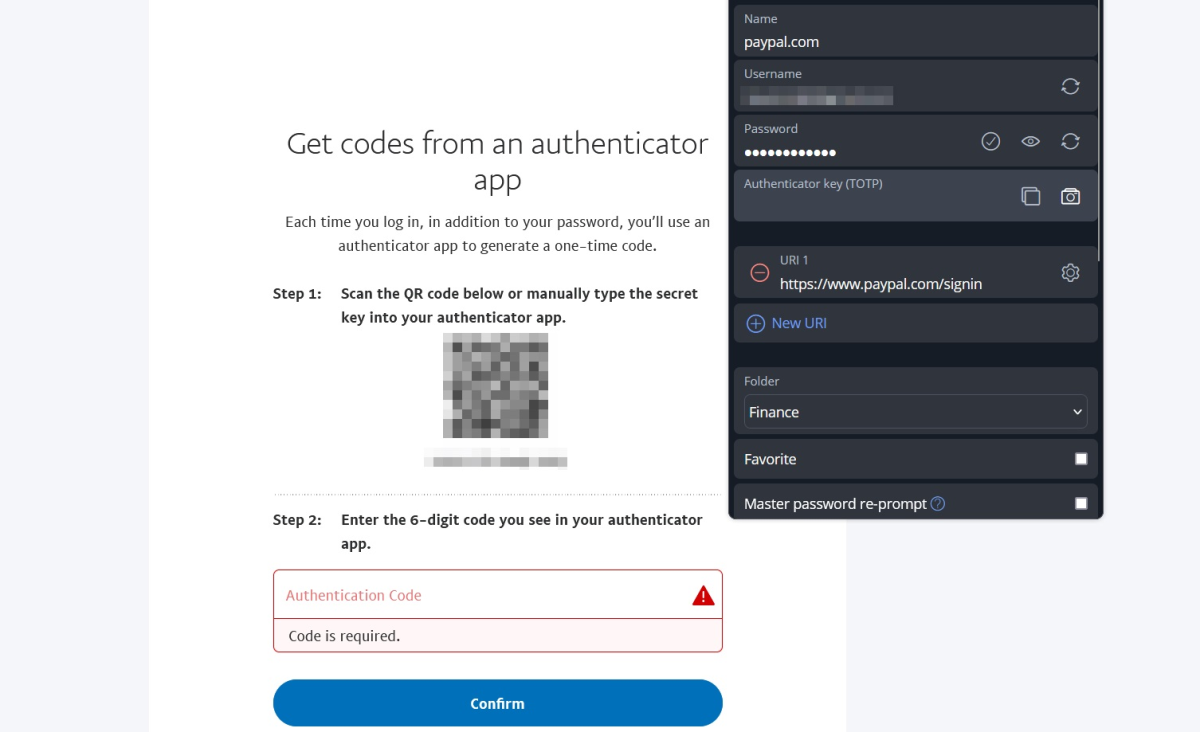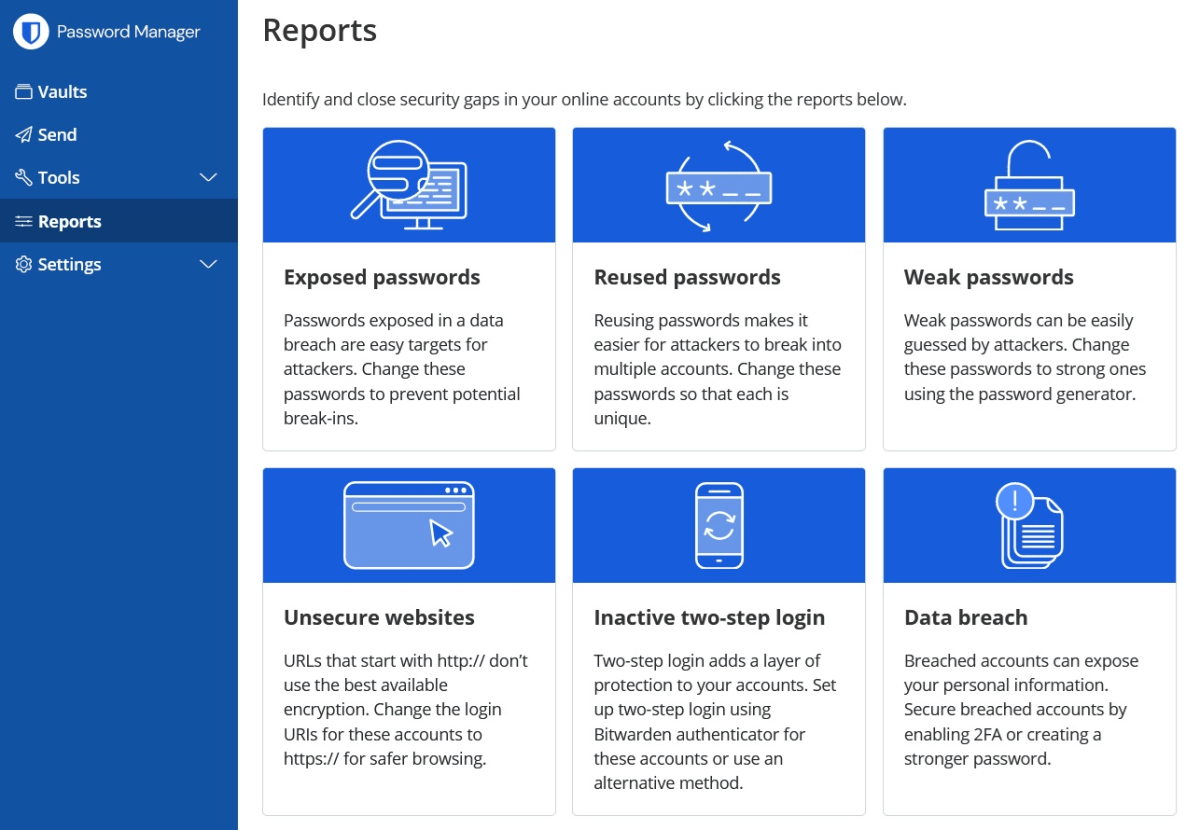[ad_1]
When I first started managing my passwords with Bitwarden a few years ago, I had no intention of ever paying for it.
Bitwarden’s generous free tier was the entire reason I switched from LastPass back in early 2021. At the time, LastPass was preparing to cut off free password sync across phones and PCs, making it effectively worthless to me. By comparison, Bitwarden syncs all your passwords across an unlimited number of devices at no charge, which was all I really wanted. I saw no need to pay extra for its premium features.
But now, three years later, that’s exactly what I’m doing. I’m actually paying for Bitwarden. Not because it started cutting back on free features — its free tier remains as robust as ever — but because of several external factors that finally made a subscription seem worthwhile.
This story first appeared in Advisorator, Jared’s weekly tech advice newsletter. Sign up to learn new tech tricks every Tuesday.
Two-factor code convenience

Jared Newman / Foundry
Bitwarden Premium is cheap at $10 per year. That’s just under $0.84 per month or $0.03 per day. Premium wouldn’t have to offer much to be worth its tiny price tag, but it offers a surprising amount.
For me, the main reason I upgraded was for its two-factor authentication (or 2FA) features. 2FA lets you protect your online accounts with an extra code, which you must enter after your username and password.
2FA codes are generated on your device itself, so even if someone steals your password, they can’t break into your accounts without also stealing (and unlocking) your phone or computer. That’s why 2FA is especially important for email, banking, social media, or any other account for which a security breach would wreak havoc.
Related: How to protect your accounts with 2FA
Normally, 2FA codes are generated by a particular app, such as Google Authenticator or Microsoft Authenticator. But with Bitwarden Premium’s 2FA features, you no longer need a separate app. Instead, you can set up 2FA directly within Bitwarden’s app or browser extension, which automatically syncs to your other devices that have Bitwarden installed.
That last part is huge for me. I previously used Authy as my two-factor authentication app, but Authy shut down its desktop apps earlier this year and now requires a phone or tablet to look up your codes. I’ve yet to find another authenticator app with desktop support that doesn’t lock you into a particular operating system. (2FAS seemed promising, but it can’t sync codes between iOS and Android devices. Step Two looks pretty, but it’s for Apple devices only.)

Jared Newman / Foundry
Managing 2FA codes through a password manager you’re already using is simply more convenient. If I look up a password in Bitwarden, I can also copy its corresponding 2FA code from the same view. If I log into a site that requires a 2FA code, Bitwarden’s extension automatically copies it to the clipboard so it’s ready to paste.
Wondering how Bitwarden keeps all that info secure? By default, you can’t log into Bitwarden on a new device without your master account password and a code sent to your email address — a form of 2FA in itself — with additional security options available if you want them.
Bitwarden isn’t the only password manager with 2FA code support, but it’s much cheaper than others, like 1Password ($3 per month) and Dashlane ($5 per month), neither of which offer free tiers.
Other perks in Bitwarden Premium
Now that I’m paying for Bitwarden, I’m also appreciating some of its other premium features.
Emergency Access is an especially clever feature, allowing you to designate one or more trusted contacts that can request access to your entire password vault. You define a waiting period — seven days by default — and if you don’t deny the request during that time, the contact gains access to your passwords. It’s safer and more elegant than handing someone a notebook full of emergency instructions or sharing your full password manager credentials.
Bitwarden’s Reports section is also helpful, in particular the “Inactive two-step login” section. Here you’ll find a list of accounts where you might want to create 2FA codes, along with links to each site’s setup instructions. While adding 2FA to every eligible account can be a slog, I identified a handful where the extra protection was welcome, especially with Bitwarden making it easier to set up those codes in the first place.

Jared Newman / Foundry
I’m less sold on Bitwarden’s file storage feature, which requires you to upload each file as an attachment to a specific login. It’d be much more useful to have one big pool for storing driver’s license scans, tax documents, and other sensitive files (akin to OneDrive’s Personal Vault).
Bitwarden Send, the password manager’s secure file transfer tool, is useful in theory but I keep forgetting I can actually use it. And while I haven’t used Bitwarden’s priority email support — and hopefully won’t ever have to — it’s nice to have as an option.
Atop all that, I feel good in supporting a product that isn’t run by a giant tech company, has a strong security track record, and hasn’t resorted to degrading its features in order to boost subscriptions. Becoming a subscriber was a much smaller leap than I’d anticipated.
This story first appeared in Advisorator, Jared’s weekly tech advice newsletter. Sign up to learn new tech tricks every Tuesday.
[ad_2]
Source link

